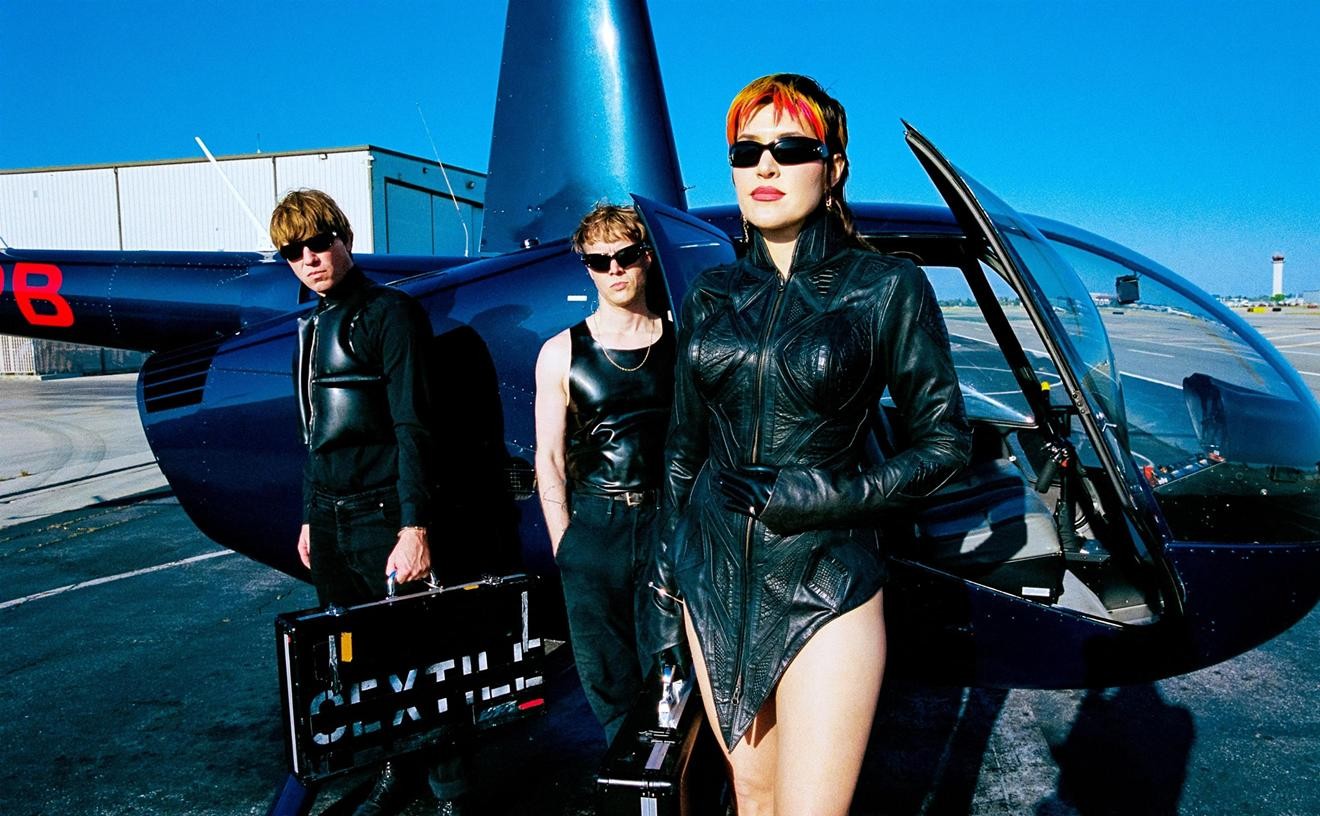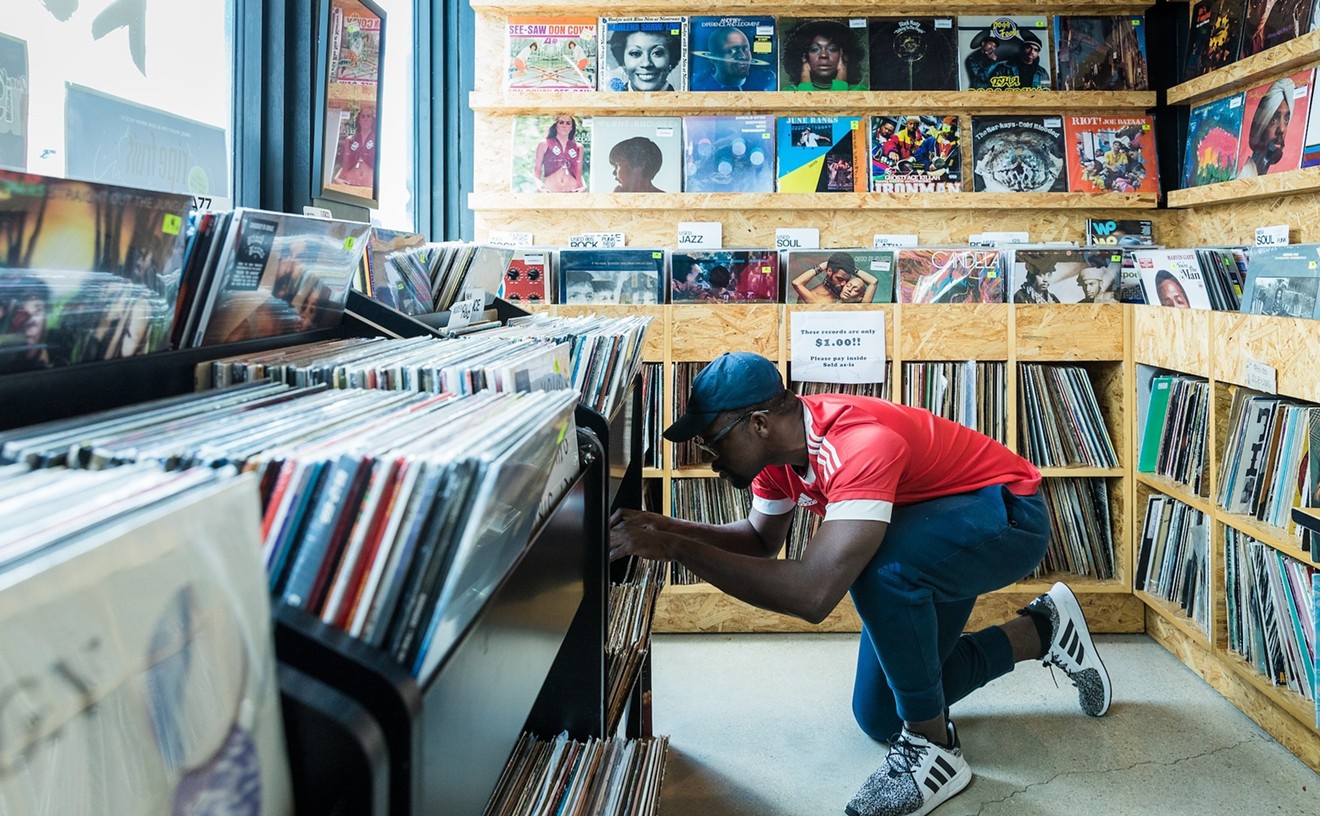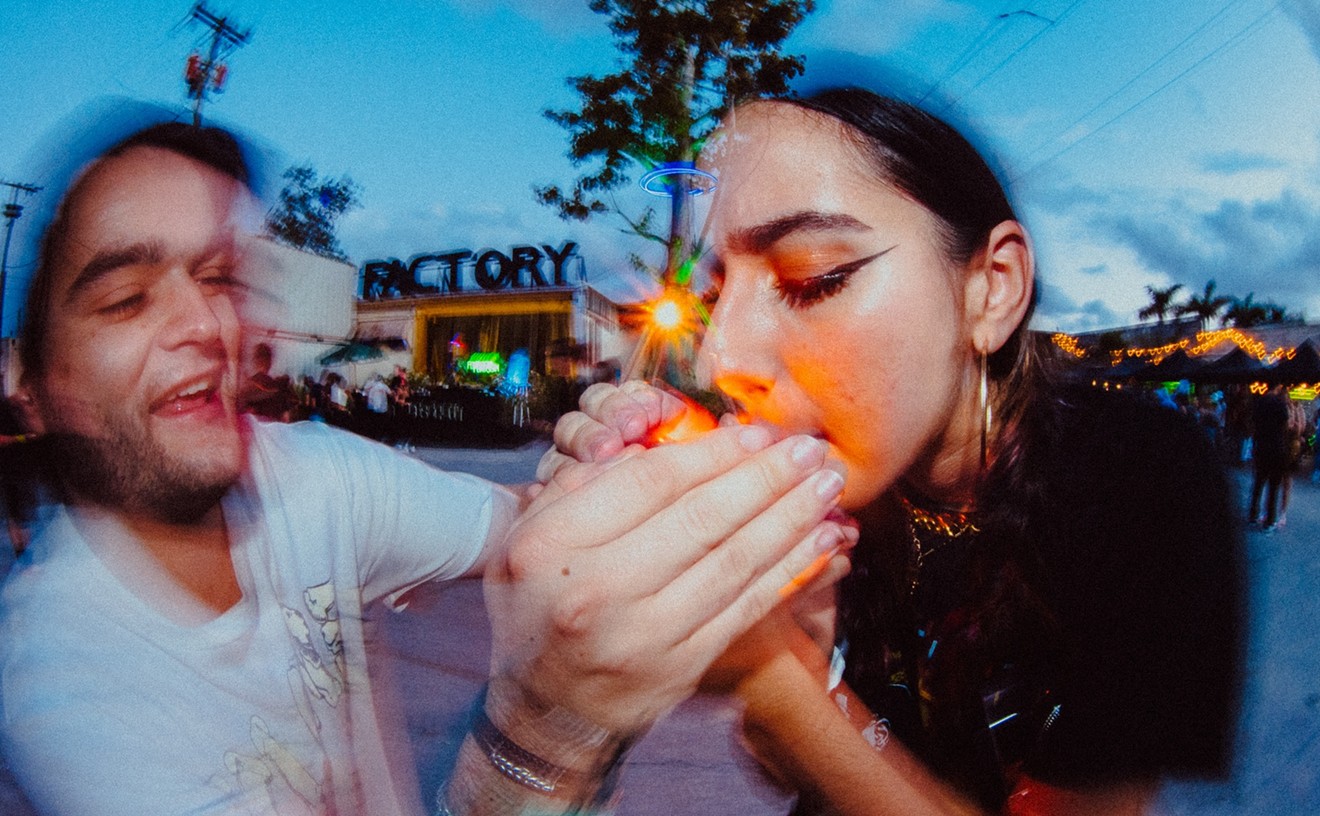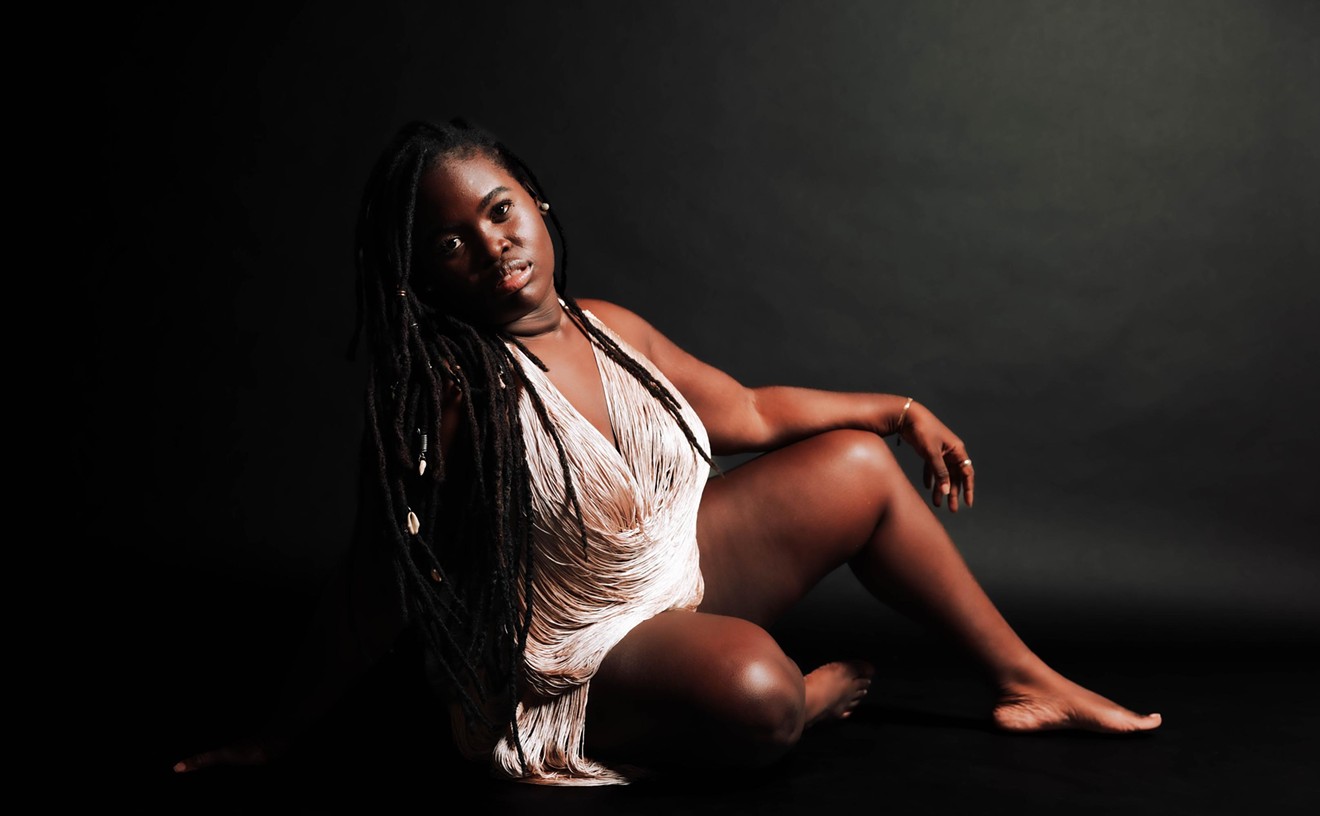Cuban exiles in Miami’s Little Havana meet at the club Hoy Como Ayer — or “Today Like Yesterday” — to reminisce about the good old days. The place is dark and intimate. Mojitos flow as people enjoy quality live music. It’s Old Havana-style, classy, with photos of Cuban stars cramming every inch of wall space. Little Havana gives a celebratory flavor de la isla in the middle of an American metropolis. It's a place to lament the Cuban Revolution, Fidel Castro, and the current military regime, while wondering whether President Donald Trump will keep his campaign promise of rescinding Barack Obama’s policies.
One thing is clear: The cultural exchange between Cuba and United States has seen a steady resurgence. America’s yearning for the old Cuba surfaced with the unexpectedly huge popularity of the Buena Vista Social Club’s debut album in 1999.
Today increasing numbers of artists from the two countries have been experimenting together. Case in point is the Havana Maestros' latest release, Americuba, produced by the Grammy-winning brothers Frank and Christian Berman. It’s an album covering American hits, performed with a 42-member band of Buena Vista Social Club veterans and others. At first, you might wonder why Ben E. King’s original voice track for "Stand by Me" has a cha-cha dance rhythm or why there's a Cuban-ized version of Missy Elliott’s "Get Ur Freak On."
Says coproducer Christian Berman: "Music is the essential language between cultures. By connecting Cuban musicians with American songs, we celebrate the creative connection and newly reestablished global relationship.”
One thing you definitely learn from Americuba is how sounds from both countries can be integrated and reinterpreted. “During the birth of jazz, Cuban musicians would go to New Orleans to perform their Cuban-based music. This allowed for Cuban music to seep into the development of jazz,” Berman explains. “Dizzy Gillespie was, for example, one of the main pioneers of bebop and Afro-Cuban jazz. Another crucial moment of exchange was the creation of Latin jazz by Cubans in Havana and New York in the late 1940s.”
American music made its way 90 miles south to Cuba very easily, especially jazz and, for the younger generation, hip-hop and rock. That's how "Get Ur Freak On" was chosen to be on Americuba.
The album took nearly two years to complete. “In the beginning, my brother Frank and I flew to Havana, Cuba, armed with an idea and a huge catalogue of American music,” Berman recalls. “We knew we wanted to incorporate Barbarito Torres and Amadito Valdes from the Buena Vista Social Club. They turned us on to [arranger] Emilio Vega. Finally, the band grew to over 14 truly talented and amazing musicians from Cuba spanning over three generations.” The album was recorded at Abdala Recording Studio in Havana.
The musicians and arrangers would sit down and listen closely to the American songs, with the Cubans choosing their favorite ones and the Cuban style, from mambo to son and bolero, to best fit the lyrical style. “The older, established musicians went for the more classic songs like Stand By Me or songs by Otis Redding, whereas the younger generation wanted to put their Cuban spin on modern songs like Janelle Monáe Tightrope,” Berman says. “While listening to the original vocalists through their headphones, the musicians played alongside as a group, adding the Cuban flair with the bass, piano, très, laud, and percussions.”
When available, they used the vocal tracks from the original multitrack recordings. Some multitrack recordings were missing or nonexistent, so the team used an exclusive technology called Science of Sounds to extract the vocals. “I wanted these songs to have that classic Cuban feel,” Buena Vista Social Club founding member Barbarito Torres explains.
The underlying theme of the album is in the song "Stand by Me." American and Cuban musicians "stand by" one another even though President Donald Trump has rewound the clock. “Our two cultures have grown together very intensely within the last years," très player Yuniel Jimenez says. "I don't think politics can stop this exchange. Too many Cubans and Americans are too curious about each culture, music, people.”
Americuba reminds us gently of our mutual interests. “Music is a language, and it unites people. It always has, one way or the other,” Torres says. “We are doing our small parts to help the relations between these two countries and their people.”
[
{
"name": "Air - MediumRectangle - Inline Content - Mobile Display Size",
"component": "19274298",
"insertPoint": "2",
"requiredCountToDisplay": "2"
},{
"name": "Editor Picks",
"component": "17482312",
"insertPoint": "4",
"requiredCountToDisplay": "1"
},{
"name": "Inline Links",
"component": "18711090",
"insertPoint": "8th",
"startingPoint": 8,
"requiredCountToDisplay": "7",
"maxInsertions": 25
},{
"name": "Air - MediumRectangle - Combo - Inline Content",
"component": "17482310",
"insertPoint": "8th",
"startingPoint": 8,
"requiredCountToDisplay": "7",
"maxInsertions": 25
},{
"name": "Inline Links",
"component": "18711090",
"insertPoint": "8th",
"startingPoint": 12,
"requiredCountToDisplay": "11",
"maxInsertions": 25
},{
"name": "Air - Leaderboard Tower - Combo - Inline Content",
"component": "17482313",
"insertPoint": "8th",
"startingPoint": 12,
"requiredCountToDisplay": "11",
"maxInsertions": 25
}
]











